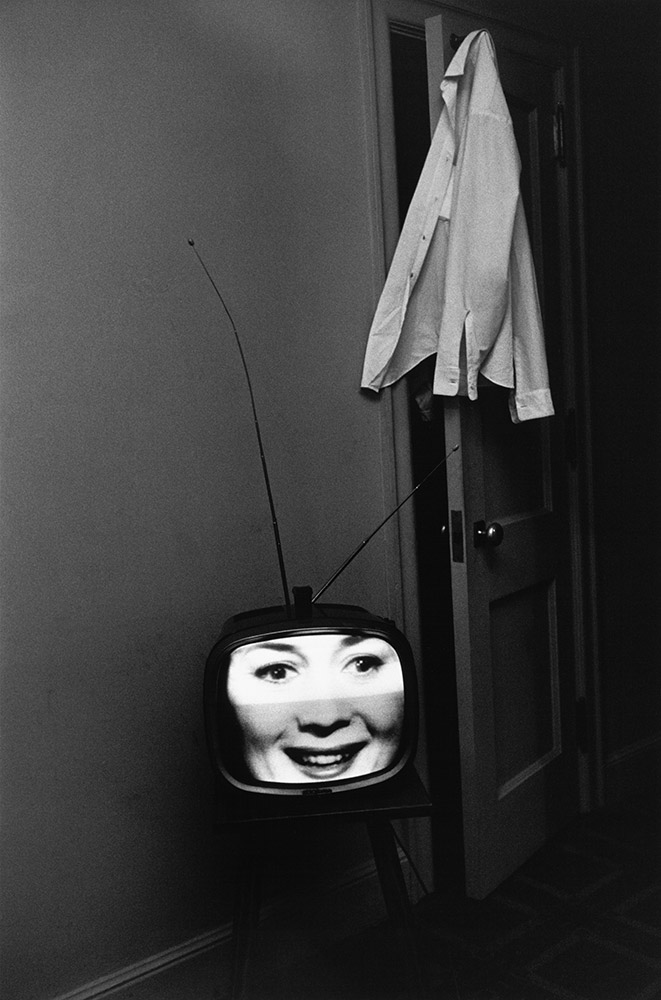
Few publishers in the history of photography have had as lengthy a track record of producing books that are now considered the medium’s landmarks as Robert Delpire. As most post-war publishers often have had brief existences in the world of photobook publishing (which is stunningly disadvantageous financially), over the past 60 years, this former medical student and hobbyist photographer created and managed one of the most iconic photography and graphic arts publishing houses in Paris: Éditions Delpire. A Tribute to Robert Delpire through the work of Robert Frank, Lee Friedlander, Josef Koudelka, Duane Michals and Paolo Roversi runs from May 10 – June 16 at the Pace/MacGill Gallery in New York City.
Delpire’s transition from 23-year-old medical student to publisher came when he was asked to become editor-in-chief of the Maison de la Medicine’s cultural bulletin for its doctors. Delpire imagined the bulletin as a subscriber-based art review that would be richly illustrated, with a focus on photography. The first issue of Neuf (meaning both ‘new’ and ‘nine’) appeared in June 1950, and over the course of its run, would devote much of its content to photographic works by Brassaï, Henri Cartier-Bresson, Robert Doisneau, Izis (Israëlis Bidermanas), Willy Ronis and a young unknown artist, Robert Frank. Two of the issues were essentially monographs of Brassaï (Neuf #5) and Robert Frank (Neuf #7), which pointed toward Delpire’s interest in publishing books of photography.
One link between many of Delpire’s publications would be his interest in anthropology, as could be seen when he switched to publishing monographs of photographers under the short-lived imprint Huit (Eight). Robert Doisneau’s Les Parisiens Tels Qu’ils Sont (Parisians As They Are, 1954), Henri Cartier-Bresson’s Les Danses à Bali (Dances in Bali, 1954) and George Rodger’s Le Village des Noubas (The Village of the Nubas, 1955) are studies in the documentary vein encapsulated in three small-format hardcover books that feel like case studies of mankind. In 1957, he created a small collection of books on culture called the Encyclopédie Essentielle, which included the first appearance of Robert Frank’s Les Américains (The Americans, 1958). That legendary magnum opus came across less as the beatnik road-trip as which it was later perceived, but instead with a particular anthropological flavor through texts—by literary luminaries such as Faulkner, de Beauvoir, Steinbeck and others—that Delpire positioned opposite Frank’s photographs.
Delpire’s career path has been as varied as the books he has published. Aside from the realm of photobooks, he has run a publicity agency with clients that included Citroën and L’Oréal, opened a gallery in Paris, produced a number of films including two by the photographer and filmmaker William Klein, created a creative studio and publishing house called Idéodis and became the first French publisher of Maurice Sendak’s classic children’s book Where the Wild Things Are.
In 1982 he was appointed by the French arts minister Jack Lang to be director of the Centre National de la Photographie, where he would organize exhibitions and create a collection of small pocket-sized books called the Photo Poche—the most successful series of photography monographs ever published. To date there are over 150 books in the collection, covering a wide range of photographic practices from the documentary-style traditions of Henri Cartier-Bresson, Walker Evans and Lee Friedlander to the fine arts of Duane Michals, Paolo Roversi, Sarah Moon and Joel-Peter Witkin. Hardly any photographer’s bookcase is without a selection of these black-spine bound books.
Nevertheless, of all of his accomplishments, the name Delpire most conjures up his hand in the creation of books such as Josef Koudelka’s Gitans La Fin du Voyage (Gypsies – The End of the Voyage, 1975) and Exiles (1988), Cartier-Bresson’s D’une Chine à l’Autre (From One China to the Other, 1954) and Moscou (Moscow, 1955), Inge Morath’s Guerre à la Tristesse (War on Sadness, 1955) and De la Perse à l’Iran (From Persia to Iran, 1958), William Klein’s Tokyo (1964) and Indiens pas Morts (Indians not Dead, 1956) with photographs by Werner Bischof, Robert Frank, Pierre Verger.
Today, at 86, Delpire seems to sum up his accomplishments with a deceptively simple statement: “A publisher’s job is to showcase the work of others,” says Delpire. “It’s not just the work of a team; it requires deep mutual understanding. I’ve never published anyone who was of no interest to me.”
The Pace/MacGill Delpire tribute opens May 10 in New York City. Five simultaneous companion exhibitions across the city will expand on Delpire’s work.
Jeffrey Ladd is a photographer, writer, editor and founder of Errata Editions. Visit his blog here.
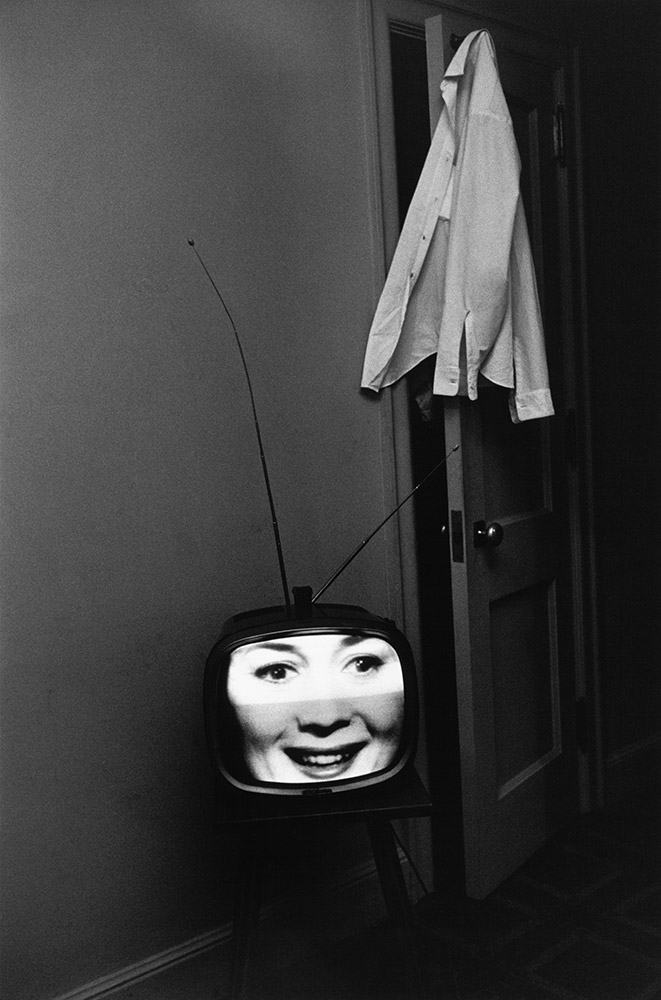
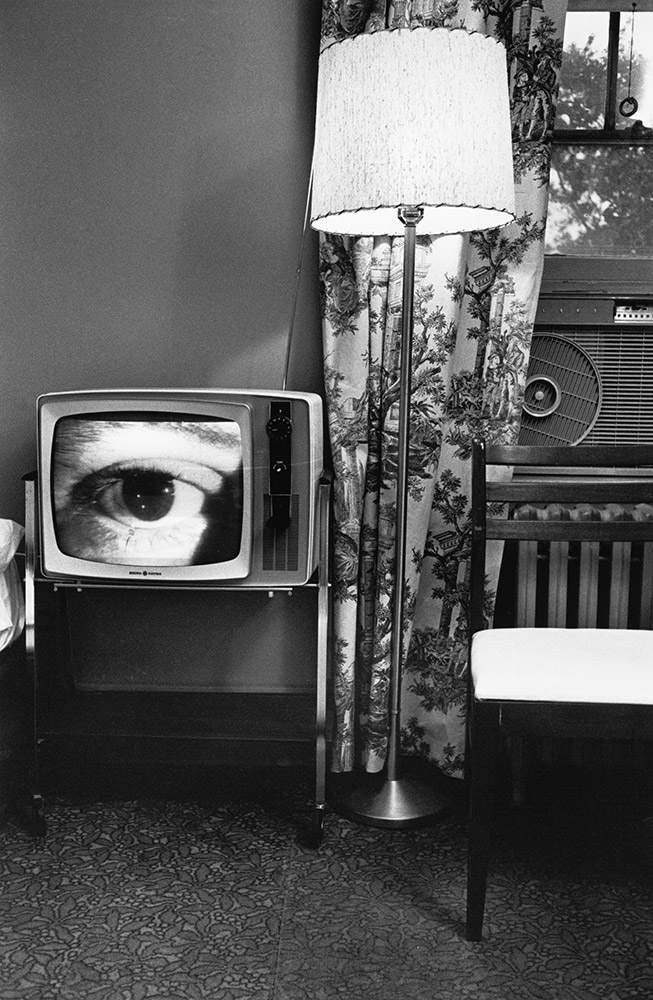
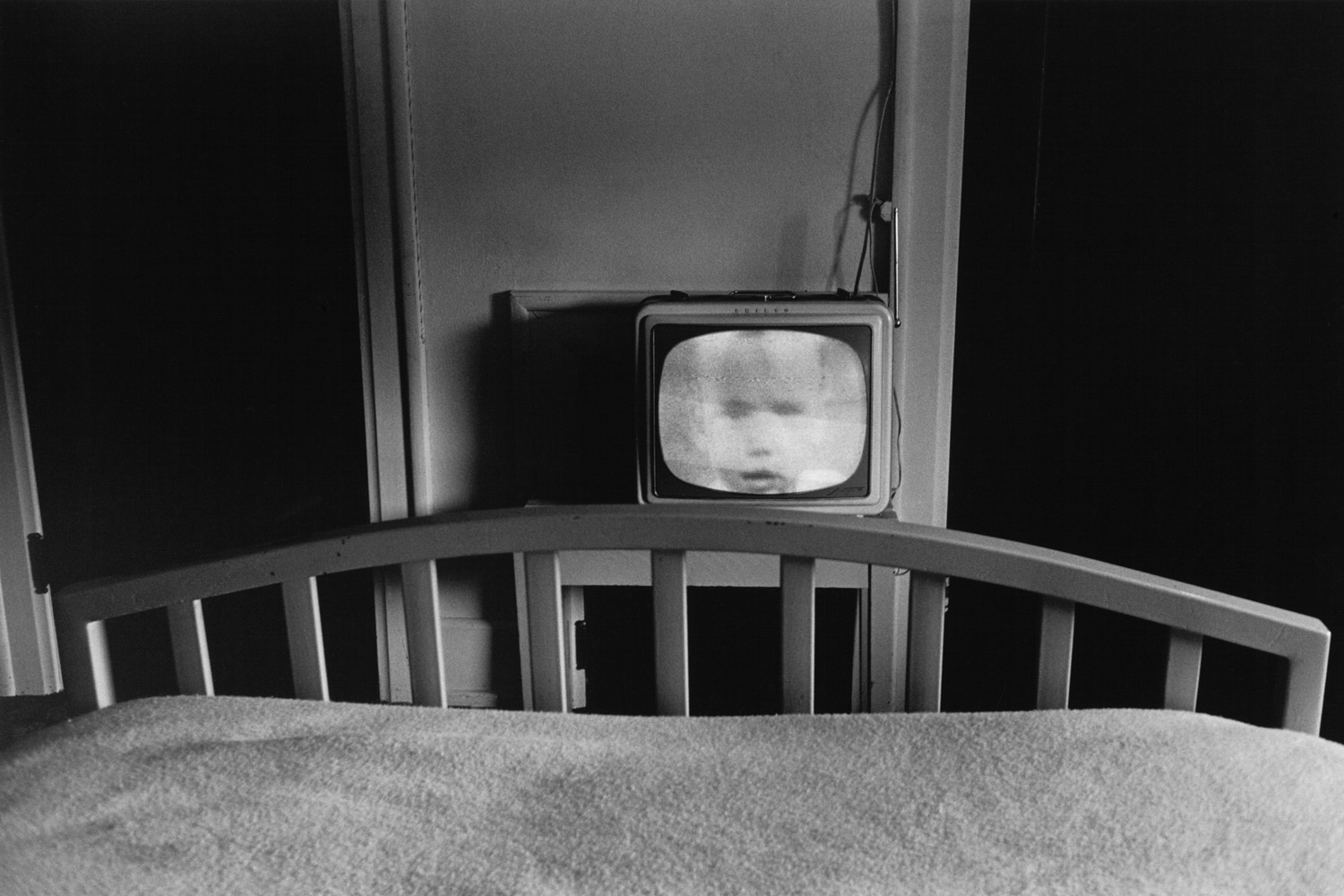

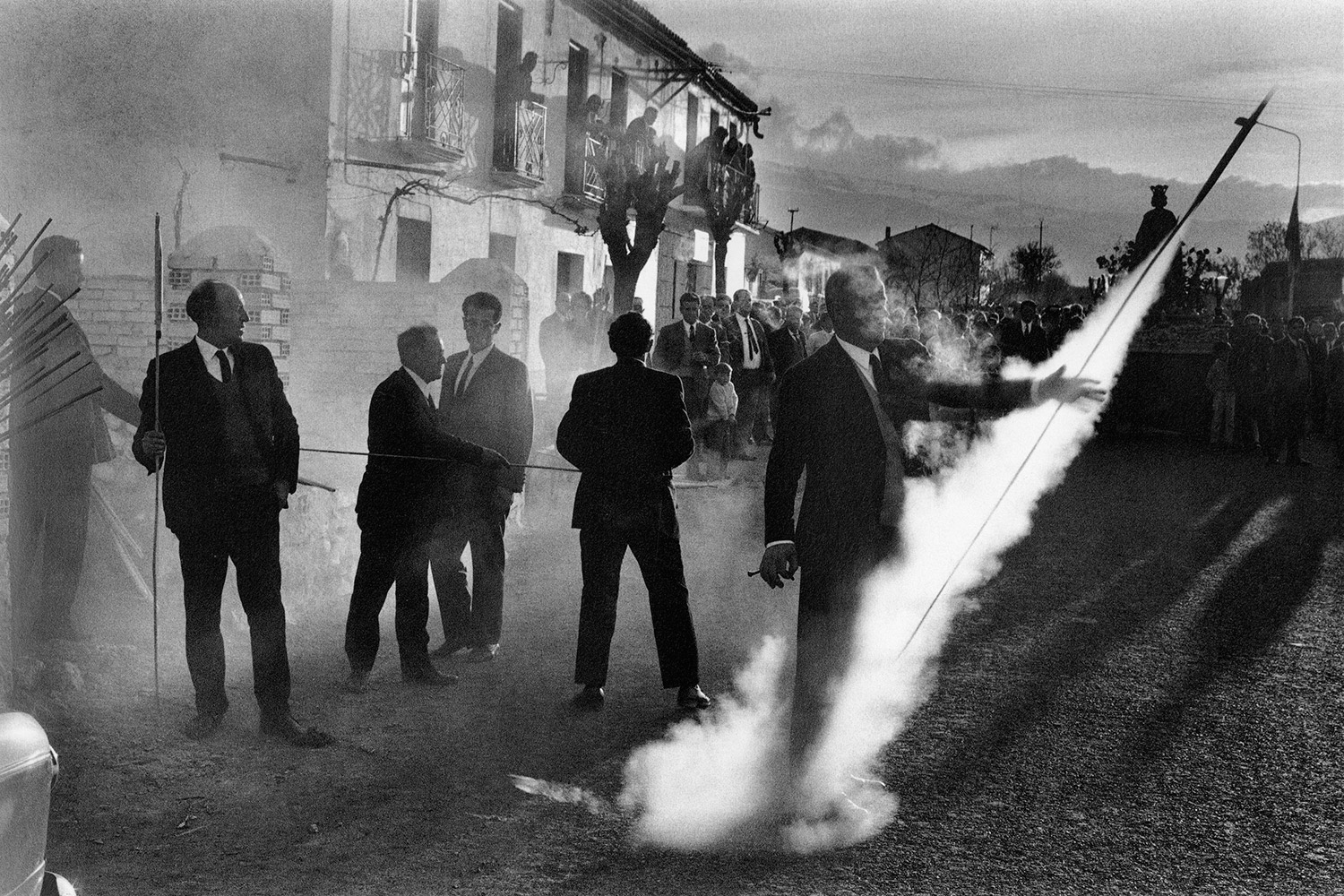
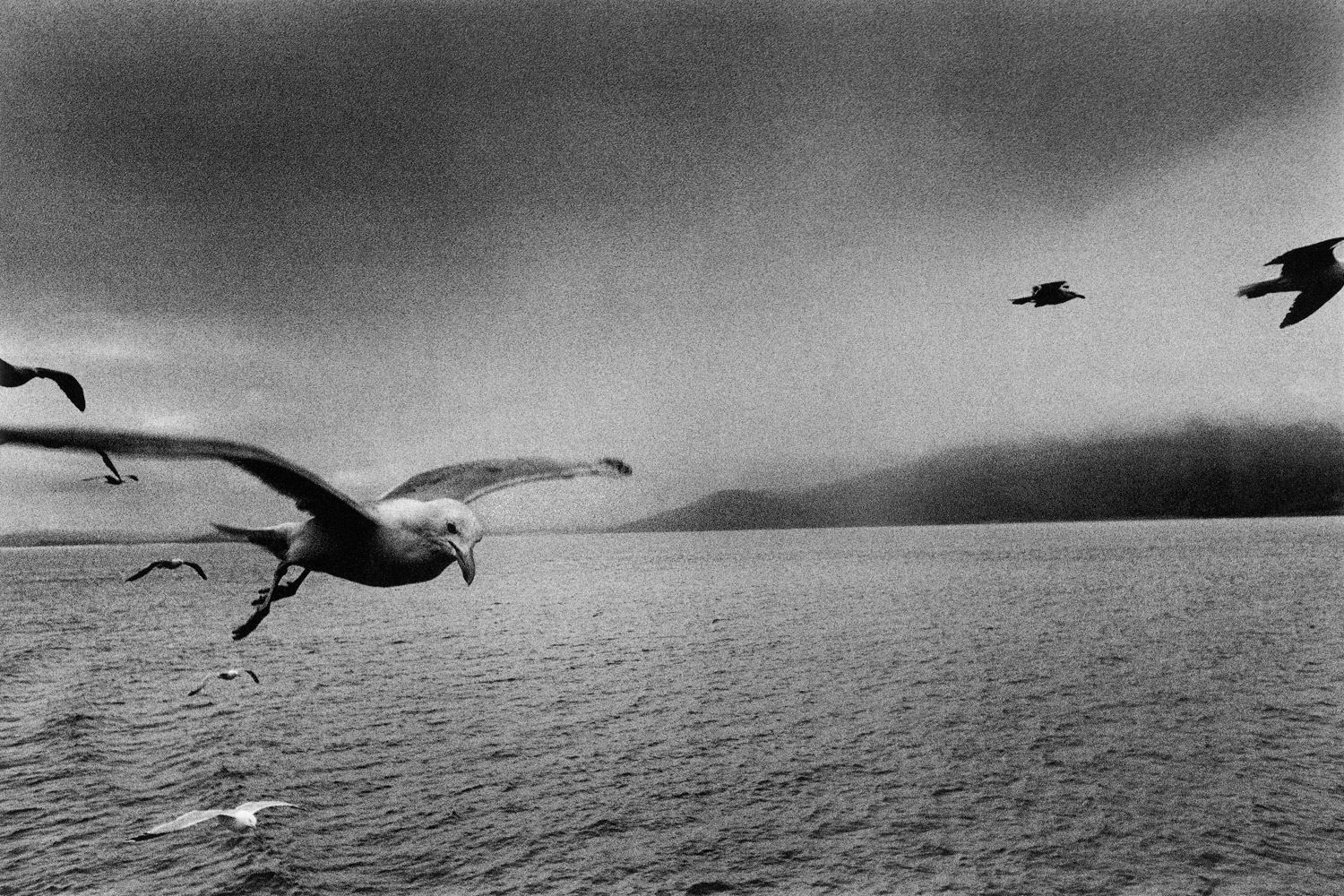







More Must-Reads From TIME
- The 100 Most Influential People of 2024
- How Far Trump Would Go
- Why Maternity Care Is Underpaid
- Scenes From Pro-Palestinian Encampments Across U.S. Universities
- Saving Seconds Is Better Than Hours
- Why Your Breakfast Should Start with a Vegetable
- Welcome to the Golden Age of Ryan Gosling
- Want Weekly Recs on What to Watch, Read, and More? Sign Up for Worth Your Time
Contact us at letters@time.com